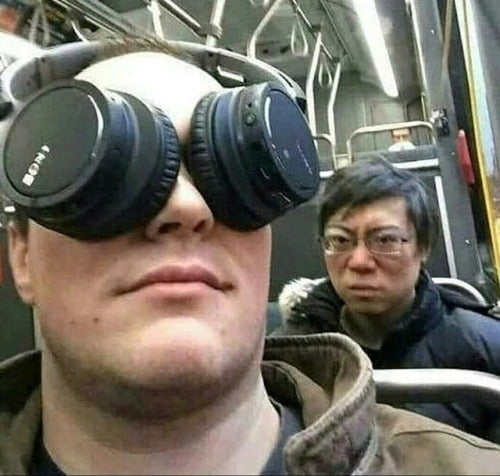Combination of line width, layer height and speed is what limits your hottend, not the nozzle size
Wanted to reply to another comment, but its saying that language is not alliwed lol
Well, yeah… but Line Width, Layer Height and speed are functions limited by nozzle size.
You can’t make a 0.60 layer height with a 0.4 nozzle, but you can with the 0.8 nozzle.
Speed is a function of nozzle size, because you can’t push 200mm/s worth of plastic through a 0.1 nozzle.
Pushing too much mass through a small nozzle creates uncontrollable back pressure.
With a large back pressure, your ability to control flow rate and die swell because too much.
Tell us about your hotend?
Larger nozzles do kick ass. I personally use my 0.6 nozzles pretty heavily. As others have mentioned though, there are definitely scenarios where you’ll really want or even need to drop to a smaller size. My printer hates trying to print PETG at higher sizes for example, maybe my hot end isn’t powerful enough.
it also consumes way more filament- especially on single-wall parts or parts that have x perimeters rather than a perimeter thickness. They’re great for structural prints, and large prints that you want done quickly. For comparison, a .4mm nozzle will have a nozzle area of about 0.125 mm^2, where a 0.6mm is .28 mm^2. and .8mm is .502mm^2. More than double the extrusion width.
like basically everything else in 3d printing, it’s all about compromise and which compromises are acceptable.
No, I don’t agree with consumes ‘way more’ filament.
If your design calls for 1mm width wall. You’re doing two passes with a 0.4 nozzle (0.5 width x2) or one pass with a 0.8 nozzle (1 width x1)
It’s the same plastic.
You’ll use more plastic on the infill, but you could arguably use a lower % infill if the infill wall thickness is larger.
So you could be using more plastic overall, but I don’t think it would qualify as ‘way more’… maybe like 10% to 20% more.
Ever try 1.0?
Ever try 1.0…
On weed?Wow! That’s awesome! What additional modifications were needed?
Dang, I have .8s for all my hotends but haven’t got around to trying them. Some day though.
Thanks for the motivation.
When you have big shit to print try it, I’ve cut 20h parts down to 9h
Goodbye, filament money! Good grief do big prints chew through supply.
3d printer go brrrrrrrrrrt
I printed some tiny but detailed board game pieces recently, I don’t think I’d get the detail I wanted with a 0.8. I also have Revo installed so I’m okay with swapping nozzles frequently.
For years now, I’ve always want to see someone try a dual nozzle setup. Same material, same filament, but two nozzles sizes.
Small nozzle for outer perimeter at a low layer height.
Large nozzle for inner perimeter and infill at higher layer heights.
Maybe in the future, someone will find a way to control nozzle size dynamically.






